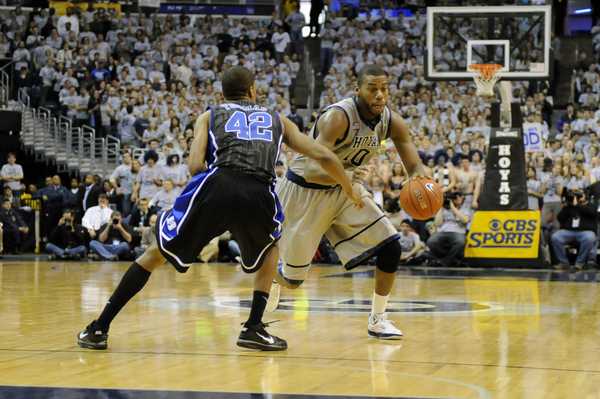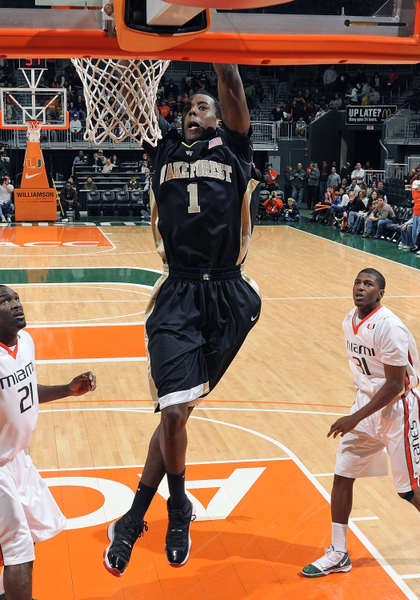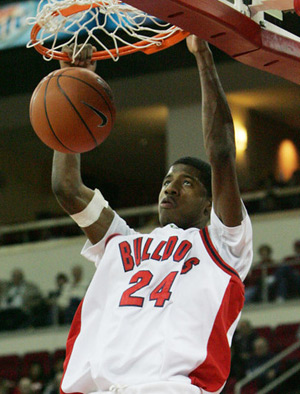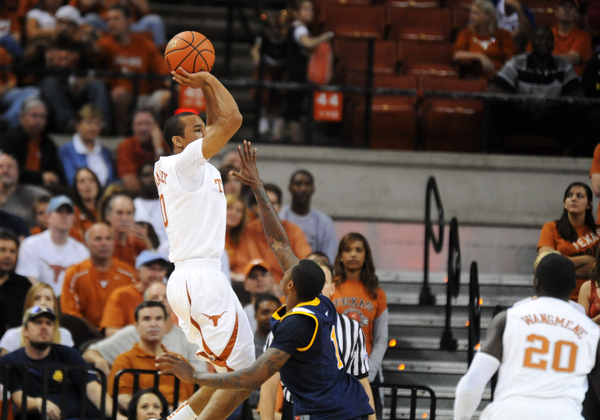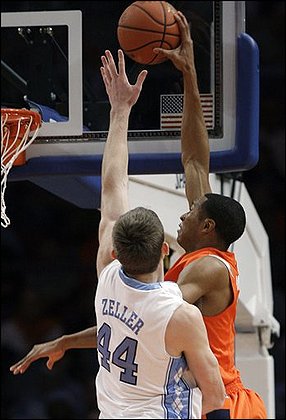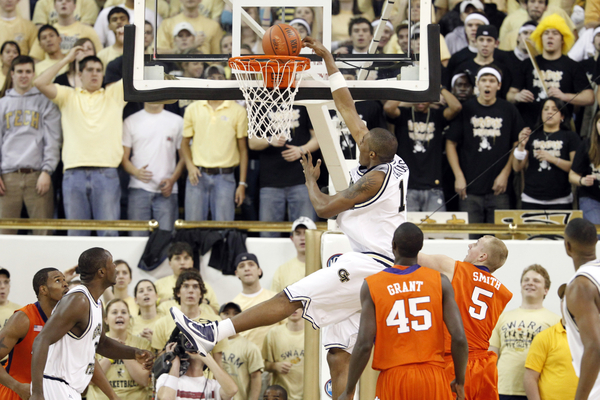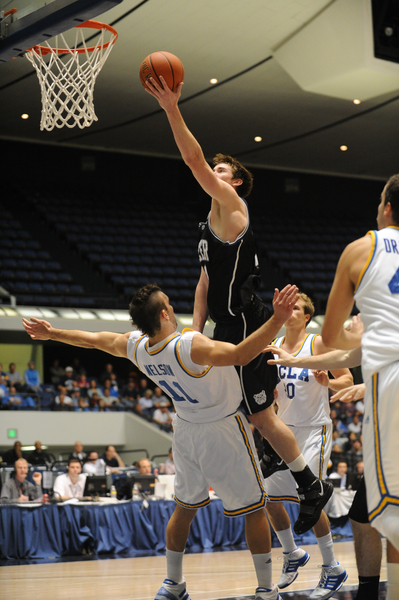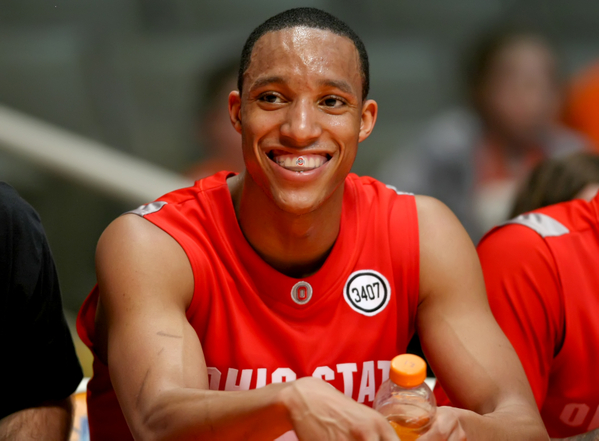RTC NBA Draft Profiles: Greg Monroe
Posted by nvr1983 on June 15th, 2010Player Name: Greg Monroe
School: Georgetown
Height/Weight: 6’11”, 247 lbs
NBA Position: Power Forward/Center
Projected Draft Position: Mid-lottery
Overview: After turning down Duke to go to Georgetown, Monroe has mostly lived up to the lofty expectations bestowed upon him as a top 10 recruit coming out of high school. He has proven to be every bit as talented as the high school recruiting experts, but questions remain about whether he has the tenacity or type of game to dominate the way you expect a superstar to. Monroe has shown the capacity to improve his game as demonstrated by his growth as a player between his freshman and sophomore year as the Hoyas often ran sets through Monroe. Although Monroe has the best skill set of any big man in the draft by a wide margin he has a lot to work on if he wants to fulfill his potential as a basketball player.
Will Translate to the NBA: Monroe will be a player that his teammates will love playing with. As soon as Monroe signs his first contract he will be one of the top 5 passing big men in the NBA. His game won’t overwhelm opposing teams, but if he is put in the right system he could flourish. In a few years he could very easily be the second or third option on a championship level contender. He isn’t the kind of player that you give the ball to with the clock running down, but he is a player who in the right situation can put you in position to win games (a lot of them). On the other hand, Monroe will frustrate fans because his passive game may be interpreted by many on the periphery as lacking the urgency his team sometimes needs. On defense Monroe will put up decent numbers because of his size and decent mobility even if he lacks the ideal NBA athleticism. He should be a decent defender, but will never make an all-defensive team. The big question will be how his game translates from the Georgetown “Princeton offense” to a more traditional NBA offense depending on where he ends up going.
Needs Work: As we have mentioned (and countless others before us) Monroe could become a little more aggressive on the offense end. While we all know the NBA could use a few more unselfish players Monroe needs to develop that “killer instinct” (a banal term for a not so banal attribute). Monroe could also use a little work in the low post. Even though he is effective with his variety of unorthodox moves inside Monroe would benefit immensely from a summer (or two or more) working with a skilled big man refining his inside game so he can play a little center too.
Comparison Players: The name you will hear thrown around the most when describing Monroe is Lamar Odom. While I can see that particularly with their build and passing ability there are some key differences namely that Monroe lacks the handle or outside shooting range that Odom has and Monroe can actually be an inside force (read: play defense) so the comparison is not a particularly useful one. Another comparison that I actually prefer is Brad Miller, another inside player with a solid passing game but not a dazzling array of other offensive skills. Miller has a nasty streak that Monroe has yet to display and Monroe has a little better handle, but otherwise their skill sets are pretty comparable.






























